Sheila of the awesome
A Postcard a Day visited Monaco last year and offered to send postcards from there to those interested. I was SO excited to receive her postcard - it's my first written and stamped postcard from Monaco! :) Thank you sooo much, Sheila!

Monaco, officially the Principality of Monaco, is a sovereign city state, located on the French Riviera in Western Europe. Bordered by France on three sides, with one side bordering the Mediterranean Sea, its center is about 16 km from Italy, and is only 15 km north east of Nice, France. It has an area of 1.98 km2, and a population of 35,986, making Monaco the second smallest and the most densely populated country in the world. Monaco has a land border of only 4.4 km, a coastline of 4.1 km, and a width that varies between 1.7 km and 349 metres. The highest point in the country is a narrow pathway named Chemin des Révoires on the slopes of Mont Agel, in the Les Révoires district, which is 161 metres above sea level. Monaco's most populated Quartier is Monte Carlo, and the most populated Ward is Larvotto/Bas Moulins. After a recent expansion of Port Hercules, Monaco's total area is 2.05 km2, with new plans to extend the district of Fontvieille, with land reclaimed from the Mediterranean Sea.
Monaco is a principality governed under a form of constitutional monarchy, with Prince Albert II as head of state. However, even though Prince Albert II is a constitutional monarch, he still has immense political power. The House of Grimaldi have ruled Monaco, with brief interruptions, since 1297. The official language is French, but Monégasque, Italian, and English are widely spoken and understood (see here). The state's sovereignty was officially recognized by the Franco-Monegasque Treaty of 1861, with Monaco finally becoming a full UN voting member in 2002, after much political debate. Despite Monaco's independence and separate foreign policy, its defence is the responsibility of France. However, Monaco does maintain two small military units, totaling 255 officers and men, the Corps des Sapeurs-Pompiers de Monaco, and the Compagnie des Carabiniers du Prince.
Economic development was spurred in the late 19th century with a railroad line to France, and the opening of the first casino, Monte Carlo Casino. Since then, the principality's mild climate, splendid scenery, and gambling facilities have made Monaco world-famous as a tourist and recreation center for the rich and famous. However, in more recent years Monaco has become a major banking center holding over 100 billion euros worth of funds, and has successfully sought to diversify its economy into the services and small, high-value-added, nonpolluting industries. The state has no income tax and low business taxes, and is well-known for being a tax haven. Monaco boasts the world's highest GDP nominal per capita at $172,676, and GDP PPP per capita at $186,175. Monaco also has the world's highest life expectancy at almost 90 years, and the lowest unemployment rate at 0%, with over 48,000 workers who commute from France and Italy each day. For the third year in a row, Monaco in 2011 had the world's most expensive real estate market, at $56,300 per square metre. According to the CIA World Factbook, Monaco has the world's lowest poverty rate, and the highest millionaires and billionaires per capita in the world.



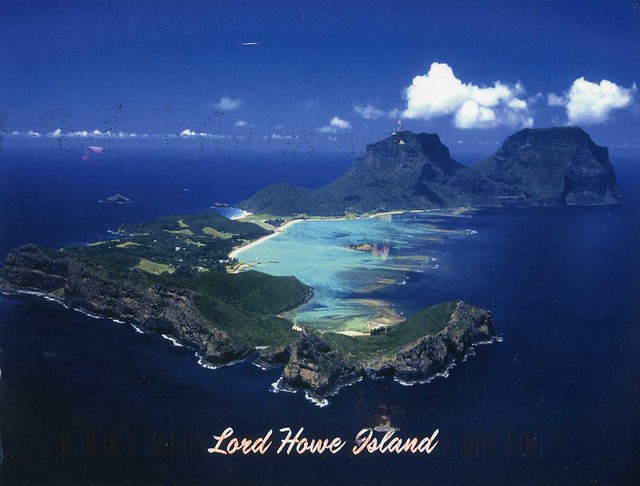
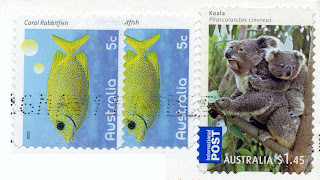
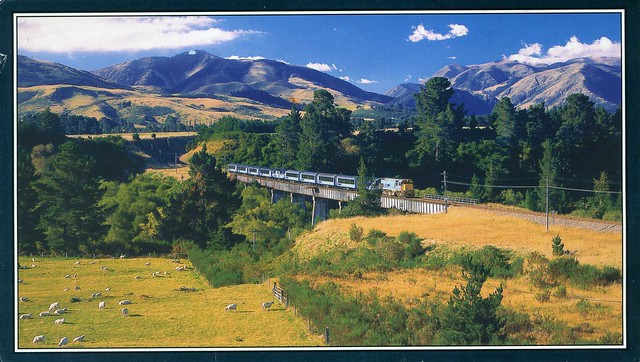

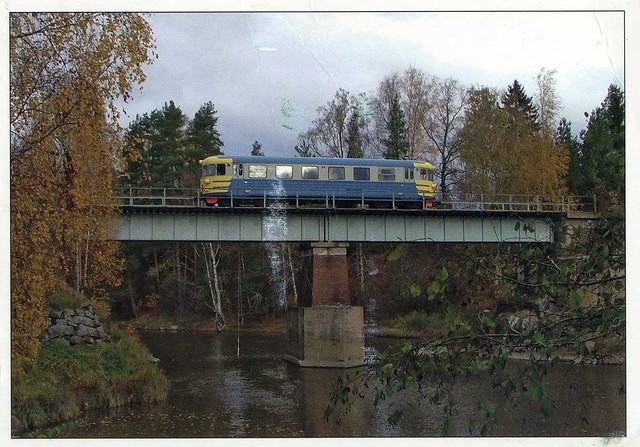
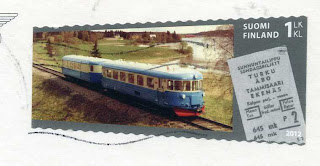




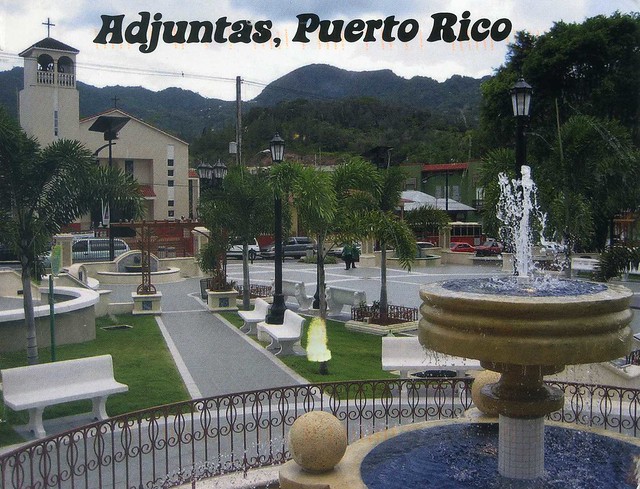
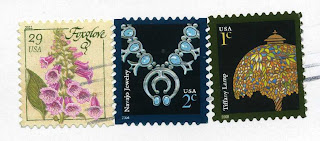


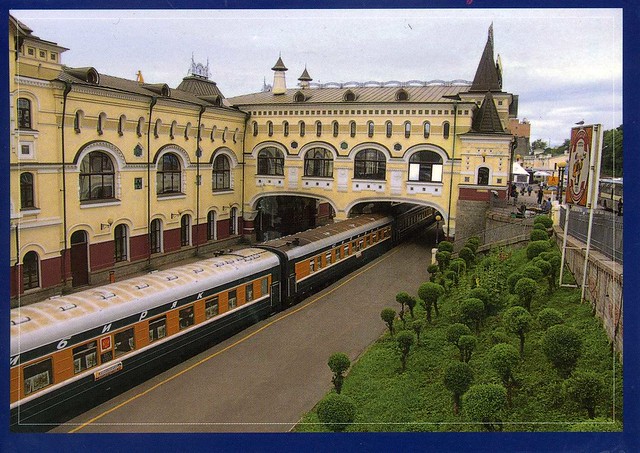
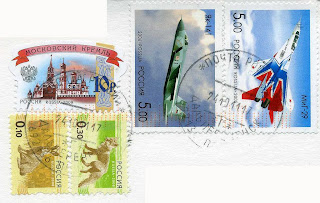


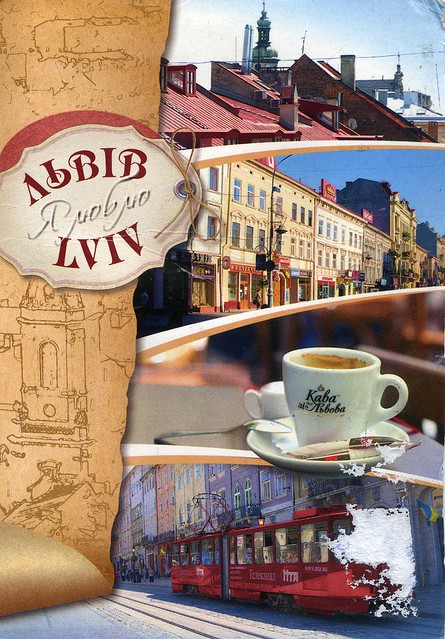
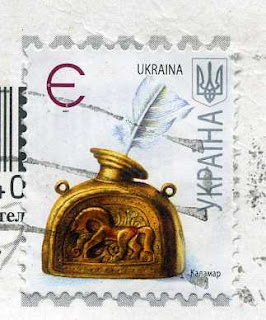






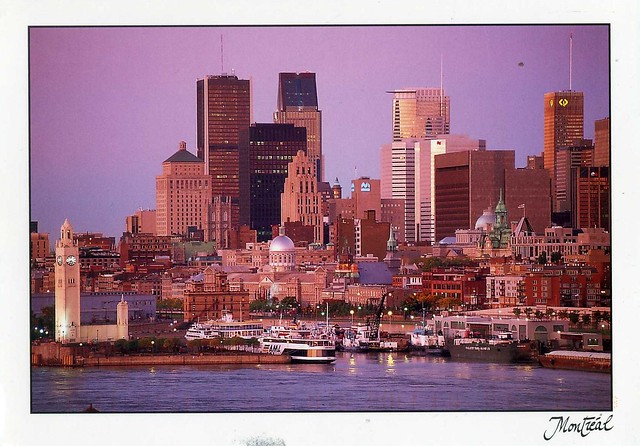



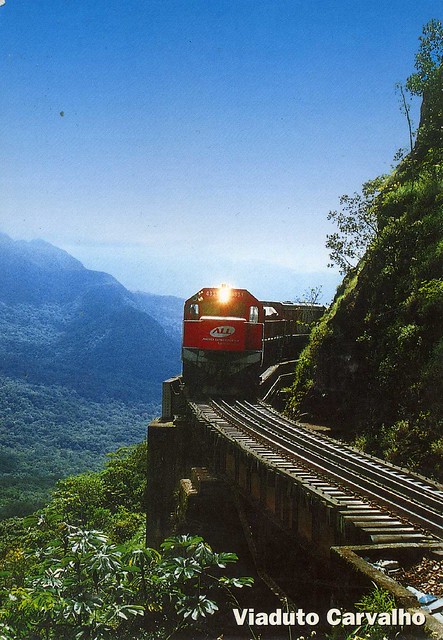


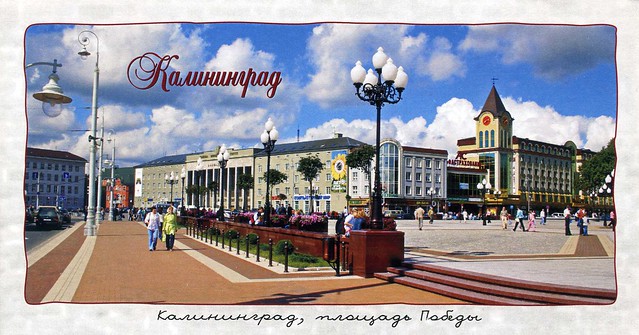



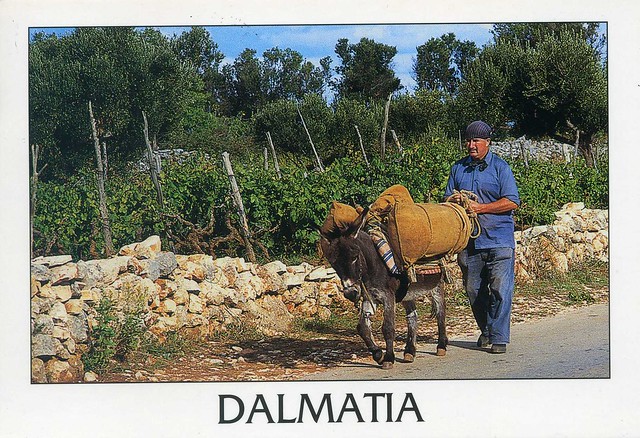








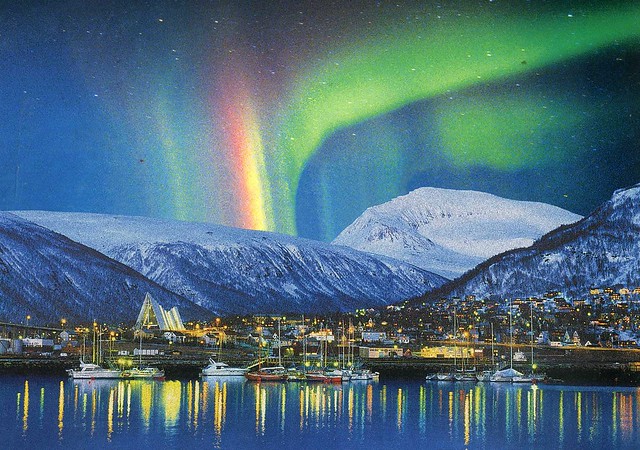



 Maroon
Maroon 









































































































































































